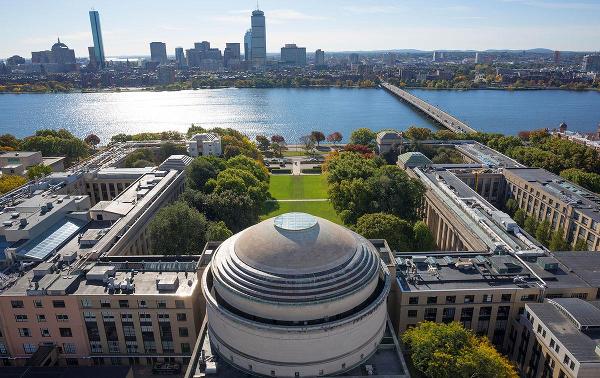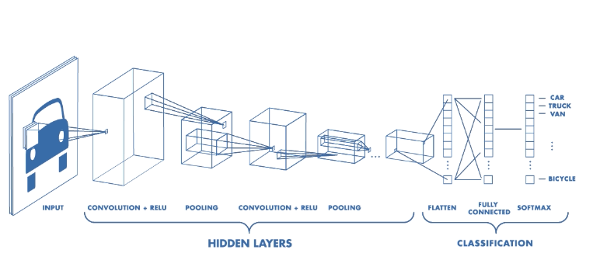My Summer at MIT
Tags: think, business, and connectPersonhours: 28
Task: Spend a Summer at MIT

Hello all! You might have been wondering where I went the entire summer while Iron Reign was busily working on tasks. Well for those of you interested, I was invited to spend a month at MIT as part of the Beaverworks program. I worked in the Medlytics course and analyzed medical data using machine learning methods. This seems distant from the work we do in FTC but I learned some valuable skills we could potentially use this season. But before I discuss that, I want to talk about the work I did while I was away.
Traditionally, machine learning and artificial intelligence were used for enrichment of the technology. We have been seeing development of search engines to learn our searching trends and craft new results or online shopping websites like Amazon learning our shopping to suggest new items to buy. With the help of machine learning, all this has become possible but there are potential healthcare applications to the same technology. The new algorithms and techniques being developed have shown potential to save lives in times where traditional approaches had failed. Even with basic implementations of artificial intelligence, we have seen instances where a doctors provided an improper diagnosis while a machine said otherwise. These scenarios have further inspired research for medical analytics, which has become the focus of my course at MIT. The Medlytics course was dedicated to learn more about these issues and tackle some real world problems.
The work I was doing was very intensive. I applied the algorithms we were being taught to a number of situations. One week, I was analyzing physiological signals to determine the state of sleep. The next week, I was training models to detect breast cancer from mammograms. Within all this work, the underlying structure was just techniques that could be applied to a number of fields. That brought me to think about the potential applications of my work in FTC. The neural networks and similar models I was training learned a number of scenarios of images or signals. I realized that by integrating computer vision, I could come up with something similar in FTC.
To demonstrate an example of where this could potentially leave an impact, I will go with object detection. Right now, Iron Reign captures a series of images of the object of interest (an example is a cryptobox from Relic Recovery) and attempts to manually fine tune the OpenCV parameters to fit the object as accurately as possible. This sort of task could easily be delegated to a Convolution Neural Network (CNN) architecture. What is a CNN you ask? Well here is a brief description.

In essence, the model is able to determine a pattern in an image based on edges and details. The image is processed through a series of layers to determine the shapes in the image. Then the model attempts to label the image as seen above with the car. If this was brought into context of FTC, we could train model to learn the shapes of an object (for example a wiffle ball) and then feed the information to the robot. The bot could then navigate to the object and pick it up. There are a vast number of applications to this, with this just being one. I hope that my knowledge can be of use for Rover Ruckus.
Next Steps
Wait for Rover Ruckus reveal to see if I can combine my expertise with new code.
